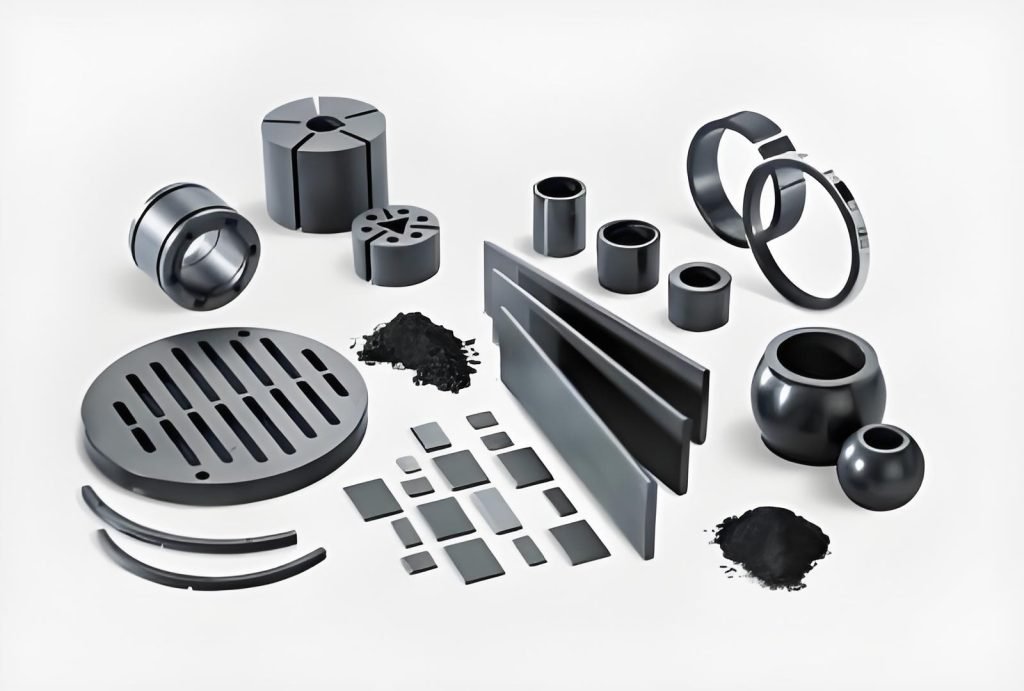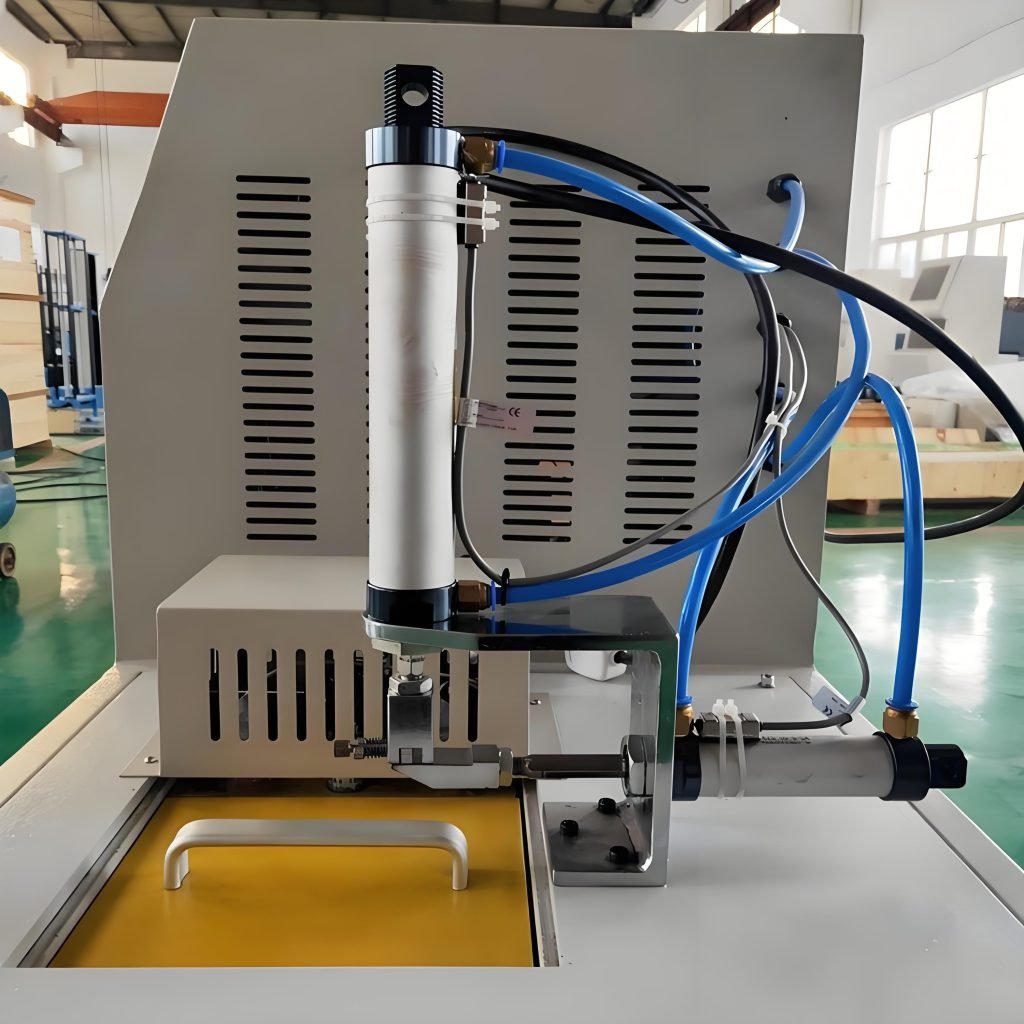When designing products, you may not always consider the material properties that can make or break your product’s performance. One crucial property is brittleness, a characteristic that can lead to sudden and catastrophic failure. Did you know that nearly 90% of all material failures are due to fracture rather than wear or corrosion? Understanding brittleness is essential to preventing such failures.

Materials that are prone to brittleness can absorb relatively little energy before breaking, often with little warning. As an engineer or designer, it’s vital to understand the definition of brittleness and how it differs from other material properties like strength and deformation. By grasping these concepts, you can make informed decisions when selecting materials for your products, ensuring they withstand various stresses and environmental conditions.
What Is Brittleness in Materials Science
In materials science, brittleness refers to a material’s tendency to fracture without significant deformation. This property is crucial in understanding how materials behave under stress.
Definition of Brittleness
Brittleness is characterized by a material’s inability to undergo significant plastic deformation before failure. When a brittle material breaks, the broken halves should fit together perfectly, indicating little to no deformation occurred.
Brittleness vs. Other Material Properties
Brittleness is distinct from other material properties like ductility, toughness, and hardness. While ductile materials deform significantly before failing, brittle materials fail suddenly. Understanding brittleness helps engineers design safer products and predict failure modes.
The Science Behind Brittle Materials
Understanding the science behind brittle materials requires examining their atomic and molecular makeup. The brittleness of a material is fundamentally determined by its internal structure.
Atomic and Molecular Structure
The atomic and molecular structure of materials plays a crucial role in determining their brittleness. The arrangement of atoms and the bonds between them influence how a material responds to stress.
Bonding Types and Their Influence
Different types of chemical bonding, such as ionic, covalent, and metallic bonds, affect a material’s tendency toward brittle behavior. For instance, materials with ionic and covalent bonds, like ceramics, tend to be more brittle due to the difficulty of dislocation motion or slip.
Crystalline Structure and Slip Systems
The crystalline structure and the availability of slip systems are critical in determining whether a material will behave in a brittle or ductile manner under stress. Materials with fewer available slip systems, such as HCP metals and ceramics, tend to be more brittle because they have limited mechanisms for plastic deformation.
What Makes a Material Brittle
Understanding what makes a material brittle is crucial for designing products that can withstand various environmental conditions. A material’s brittleness is determined by its inherent properties and external factors.
Limited Plastic Deformation
Brittle materials are characterized by their limited ability to undergo plastic deformation. This means that when subjected to stress, they cannot absorb much energy before failing. The primary mechanism restricting plastic deformation in brittle materials is related to their atomic and molecular structure.
Microstructural Factors
The microstructure of a material plays a significant role in determining its brittleness. Factors such as grain size, grain boundaries, and the presence of defects can significantly influence a material’s ability to deform plastically. For instance, smaller grain sizes can sometimes improve ductility, while larger grains may lead to increased brittleness.
Environmental Influences on Brittleness
Environmental conditions can dramatically affect a material’s brittleness. Two key environmental factors are temperature and chemical exposure.
Temperature Effects
Temperature has a profound effect on material brittleness. For example, some polymers become extremely brittle at low temperatures but gain ductility as the temperature increases. Metals can also exhibit a ductile-to-brittle transition at certain temperatures.
Chemical Exposure
Chemical exposure can alter material properties, inducing brittleness through mechanisms like corrosion or oxidation. For instance, certain metals may become brittle when exposed to hydrogen, a phenomenon known as hydrogen embrittlement.
By understanding these factors, engineers can better select and design materials for specific applications, taking into account the environmental conditions they will face.
Common Types of Brittle Materials
In the realm of materials science, brittleness is a critical factor that influences the selection of materials for various applications. Brittle materials are prone to cracking or shattering when subjected to stress, and understanding their characteristics is vital for designing and manufacturing products that meet specific performance criteria.
Ceramics and Glasses
Ceramics and glasses are inherently brittle due to their ionic bonding and limited slip systems. The difficulty of dislocation motion in these materials makes deformation challenging, resulting in brittleness. Despite this, ceramics and glasses are valued for their high hardness, wear resistance, and temperature stability. For instance, glass is widely used in windows and optical devices due to its transparency and durability.

Certain Metals and Alloys
Some metals and alloys exhibit brittle behavior, particularly those with HCP crystal structures. These metals have few active slip systems, making them prone to brittleness. High-strength steels and cast irons are metals that can be brittle under certain conditions.
Polymers at Low Temperatures
Polymers can transition from ductile to brittle behavior at low temperatures. The glass transition temperature is a critical factor in determining a polymer’s brittleness. Below this temperature, polymers become more brittle and prone to cracking.
Composite Materials
Composite materials can exhibit complex fracture behavior depending on their matrix and reinforcement components. By optimizing the composition and structure of these materials, designers can create products with tailored properties.
Distinguishing Between Brittle and Ductile Materials
Understanding the difference between brittle and ductile materials is crucial for selecting the right materials for your engineering projects. This distinction is essential for ensuring the safety and performance of the final product.
Visual Identification Methods
You can identify brittle materials by their tendency to fracture without significant deformation. Visual inspection of fracture surfaces can reveal characteristics such as river patterns or chevron markings, indicative of brittle failure.
Fracture Surface Analysis
Fracture surface analysis is a valuable technique for determining whether a material failed in a brittle or ductile manner. Brittle materials typically exhibit a smooth fracture surface.
Stress-Strain Behavior
Analyzing stress-strain curves is another effective method for distinguishing between brittle and ductile materials. Brittle materials show linear elastic behavior followed by sudden fracture, whereas ductile materials exhibit yielding and plastic deformation before failure.
By understanding these differences, you can make informed decisions when selecting materials for specific applications, ensuring the desired performance and safety.
Measuring and Testing Material Brittleness
To determine a material’s brittleness, engineers use various standardized testing methods. These tests help quantify a material’s ability to absorb energy and deform before fracturing.

Impact Testing Methods
Impact testing is a widely used technique for assessing brittleness. Two common methods are:
Charpy Impact Test
The Charpy impact test involves striking a notched specimen with a pendulum. The energy absorbed during the test indicates the material’s toughness.
Izod Impact Test
Similar to the Charpy test, the Izod impact test measures the energy required to break a notched specimen. However, the specimen is clamped vertically in this test.
Fracture Toughness Testing
Fracture toughness testing provides a more fundamental measure of a material’s resistance to crack propagation. The critical stress intensity factor (KIC) is a key parameter in this assessment.
Interpreting Brittleness Test Results
When interpreting test results, consider factors like temperature-dependent transitions and statistical variations. These insights are crucial for applying brittleness data to real-world design scenarios.
Behavior of Brittle Materials Under Different Loading Conditions
Understanding how brittle materials respond to different loading conditions is crucial for designing components that will experience complex stress states. You need to consider how these materials behave under various types of loading to ensure the integrity of your designs.
Response to Tensile Loading
When subjected to tensile loading, brittle materials typically fail catastrophically with little warning due to rapid crack propagation. This is because they lack the ability to deform plastically, leading to a sudden fracture.
Crack Propagation Mechanisms
The crack propagation mechanisms in brittle materials involve stress concentration at the crack tip, which can lead to crack growth. In some cases, cracks can even travel at supersonic speeds, a phenomenon known as supersonic fracture.
Sudden Failure Characteristics
Brittle materials under tension usually exhibit linear elastic behavior up to the point of fracture without yielding. This characteristic makes it challenging to predict failure, emphasizing the need for careful design considerations.
Response to Compression Loading
In contrast to their behavior under tensile loading, brittle materials often demonstrate significantly higher strength and more favorable performance under compression loading. This is because compressive forces tend to close cracks rather than open them.
Compressive Strength Advantages
The compressive strength of brittle materials is generally higher than their tensile strength, making them more suitable for applications where they will be subjected to compressive forces.
Failure Modes Under Compression
Under compression, brittle materials can fail through various modes, including shear fracture, crushing, and splitting. Understanding these failure modes is essential for designing components that take advantage of the compressive strength of brittle materials.
Practical Considerations for Design and Manufacturing
To effectively work with brittle materials, engineers must adopt specific design and manufacturing strategies. Brittle materials, such as glass, require careful consideration due to their propensity for cracking under stress.
Designing with Brittle Materials
When designing with brittle materials, it’s essential to avoid sharp corners and minimize tensile stresses. Incorporating safety factors appropriate for brittle failure modes is also crucial.
Toughening Techniques
Various toughening techniques can improve the performance of inherently brittle materials. Techniques such as lamination, tempering, and composite reinforcement can significantly enhance durability. For instance, laminated glass uses an interlayer of polyvinyl butyral to absorb cracks, while tempered glass is processed to create compressive stresses on its surface.
Manufacturing Process Selection
The choice of manufacturing process can significantly affect the final properties and reliability of brittle materials. Careful selection and quality control are vital to ensure consistent performance and safety.
Conclusion
In conclusion, understanding brittleness is crucial for making informed decisions in material selection and product design. Throughout this article, we’ve explored the concept of brittleness, its causes, and its implications for various materials and engineering applications.
By considering brittleness, you can create more reliable product designs and optimize material selection for specific uses, balancing brittleness with other material properties.
As you apply this knowledge to your engineering challenges, you’ll be better equipped to tackle the complexities of material selection and design, ultimately leading to more robust and efficient products.
FAQ
A brittle material is characterized by its inability to undergo significant plastic deformation before fracture, often resulting in a sudden and catastrophic failure.
Environmental factors such as low temperatures can increase the brittleness of some materials, like certain polymers, making them more prone to fracture.
Materials with a crystalline structure that has fewer slip systems, such as those with a hexagonal close-packed (hcp) structure, tend to be more brittle because they are less able to deform plastically.
Impact testing methods and fracture toughness testing are commonly used to assess the brittleness of materials by measuring their resistance to crack propagation and fracture.
While many metals are ductile, some metals and alloys can exhibit brittleness under certain conditions, such as at low temperatures or when they contain certain impurities.




